Wissen Online
Wir teilen unser Wissen gerne. Deshalb finden Sie hier Definitionen und Zusammenfassungen zu wichtigen Projektmanagement und Requirements Engineering Begriffen.
Filter:
Agility Business Analysis Change Management Compliance Project Management Requirements Engineering Requirements Modeling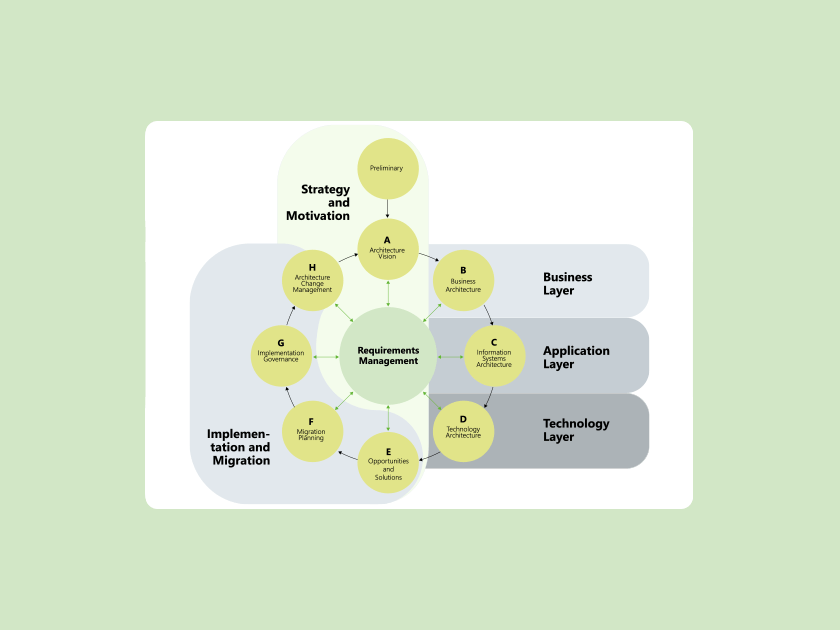
What is the TOGAF Standard?
Requirements Engineering
TOGAF provides an architectural technique that aims to break down complex problems into manageable sub-problems.
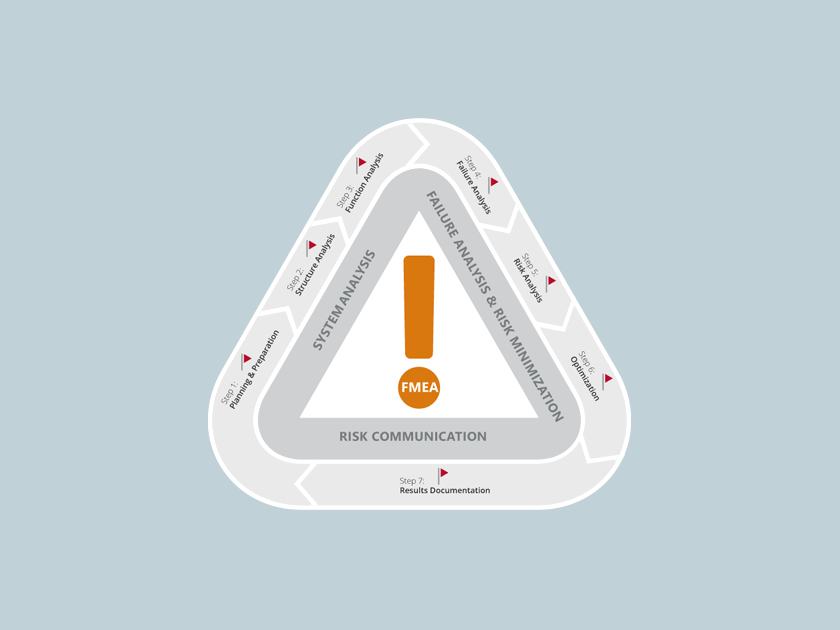
What Is Failure Mode and Effects Analysis (FMEA)?
Compliance
Failure Modes and Effects Analysis (FMEA) is a systematic, proactive method for evaluating systems, processes, and risks.
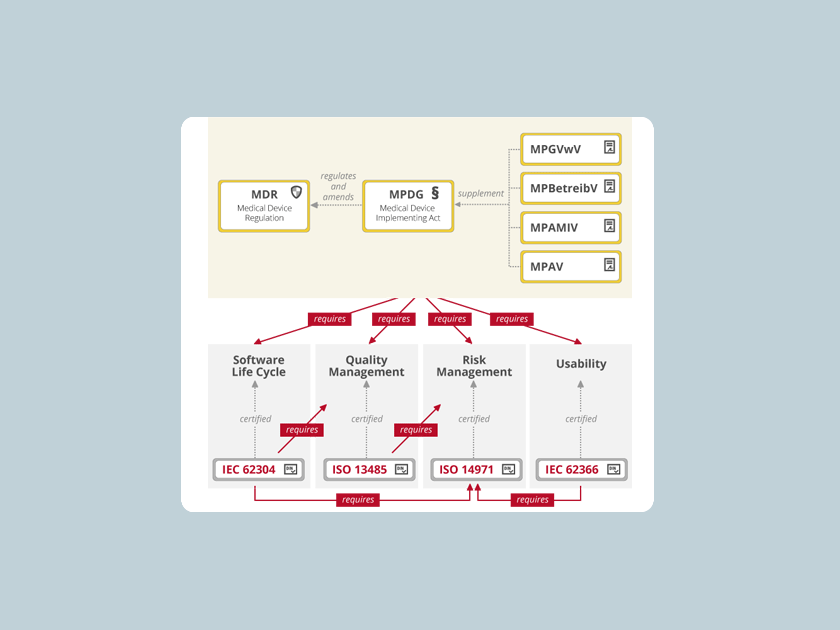
What Are Medical Products?
Compliance
What are medical products? What norms must they comply with and how is compliance determined?
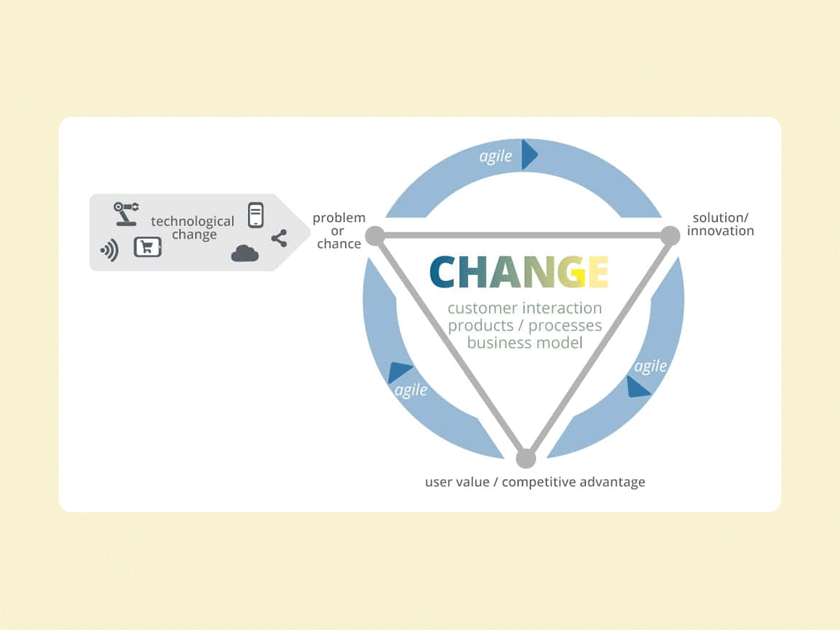
What Is Digital Transformation?
Change Management
Technological change brings with it opportunities and problems. Digital transformation succeeds when change turns needs into new benefits.
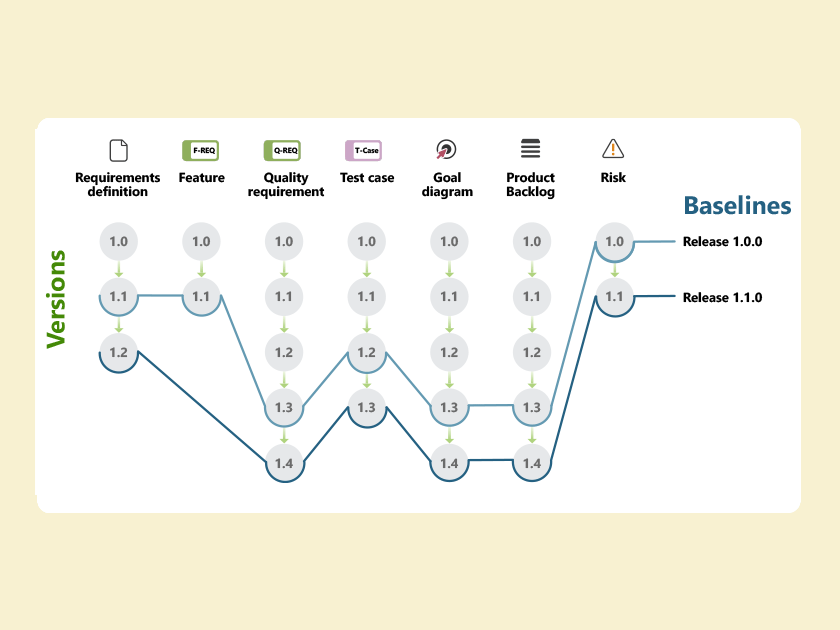
What Is a Baseline?
Change Management
Baselines are an important method of software configuration management because they create reference points for your work. How do you establish baselines?
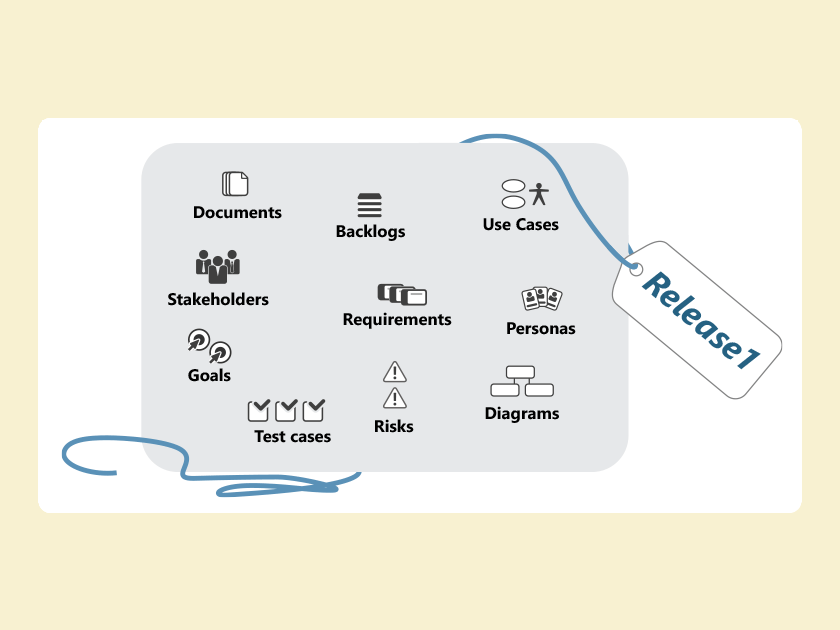
What Is Configuration Management?
Change Management
Configuration Management (CM) means managing work results that belong together, also known as configurations.
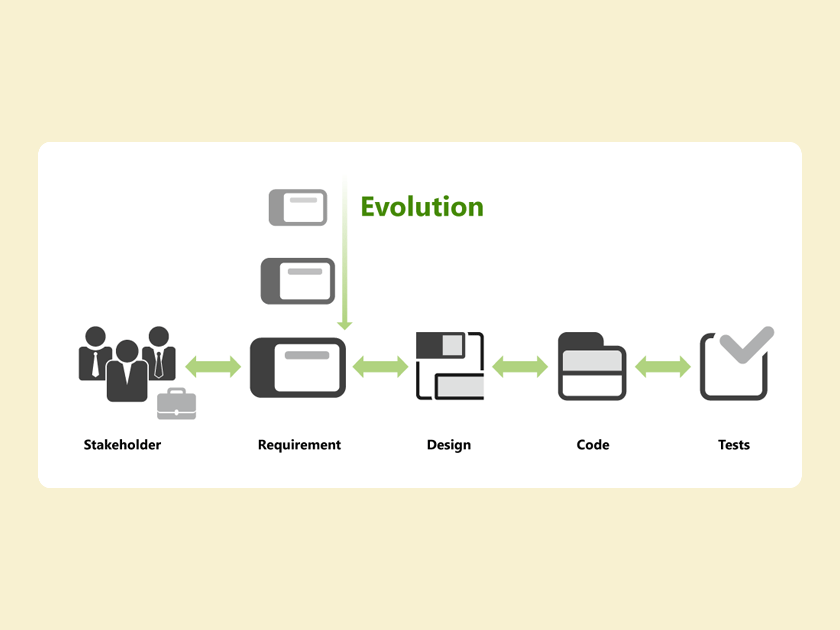
What Is Traceability?
Change Management
Traceability means understanding the relationships between artefacts and the development process. What sorts are there and what is it for?
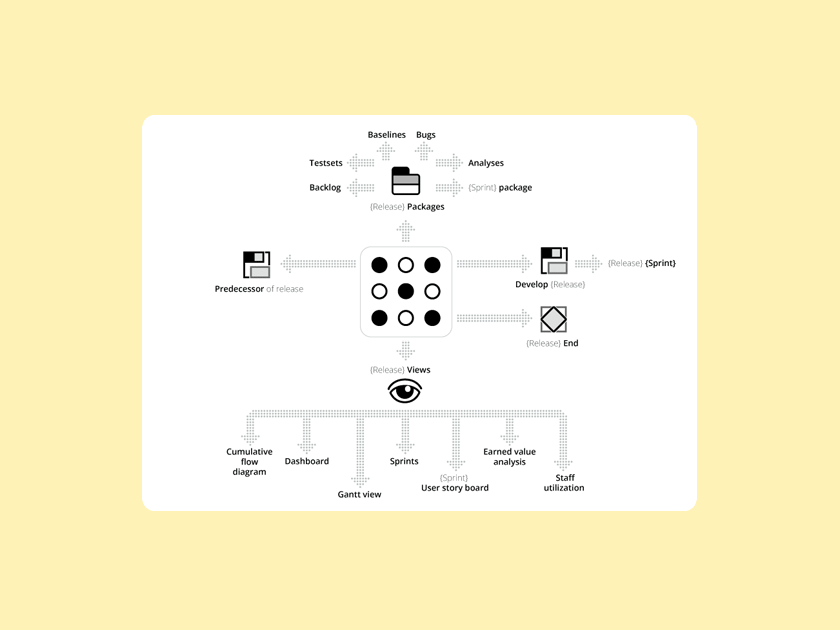
What Are Patterns in Agile Project Management?
Agility
Patters for agile project management provide solutions to everyday agile situations such as planning new releases or sprints. What does this mean?
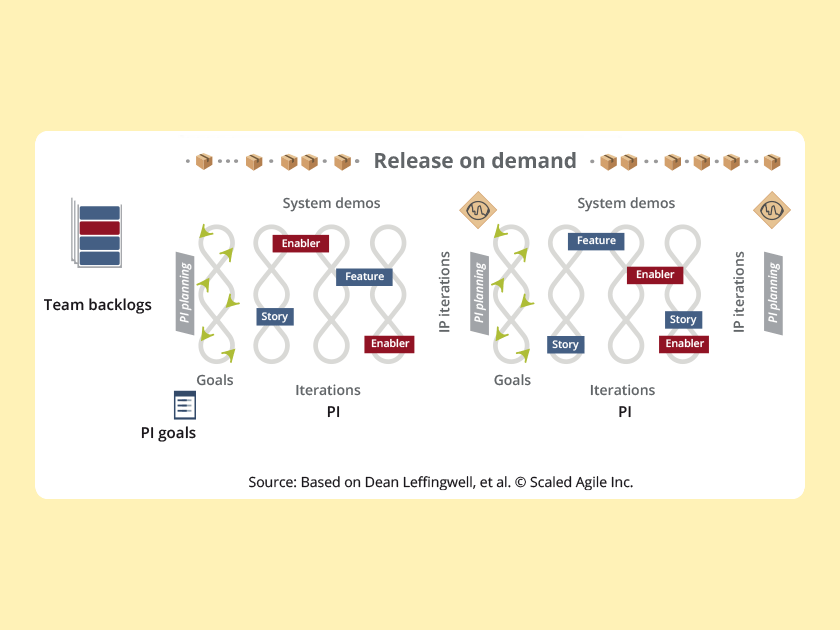
What Is PI Planning in SAFe®
Agility
PI Planning is an important, regularly recurring event for communication and synchronization of teams when using SAFe®.
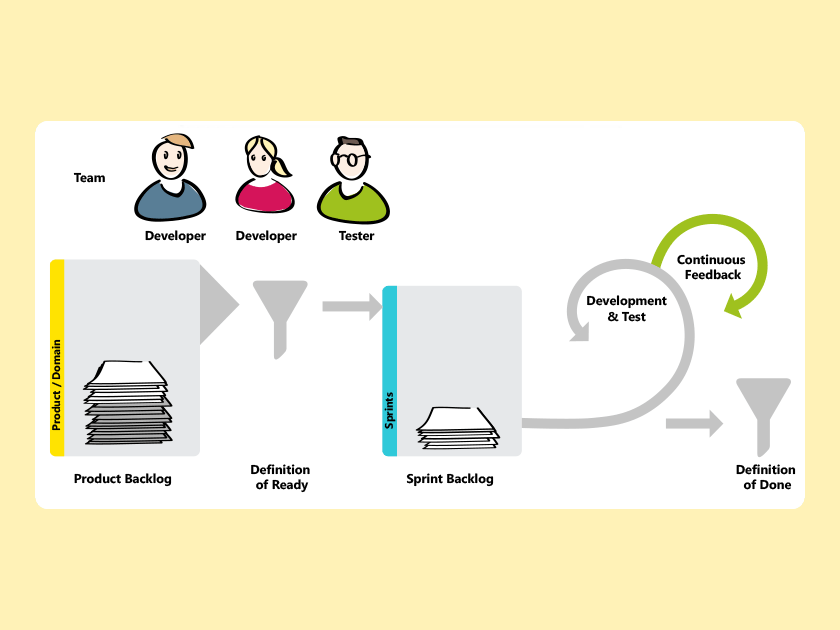
What Is Agile Testing?
Agility
Agile testing combines developing and testing. Instead of planning the test at the project end, you already test in your iterations. How does this work?
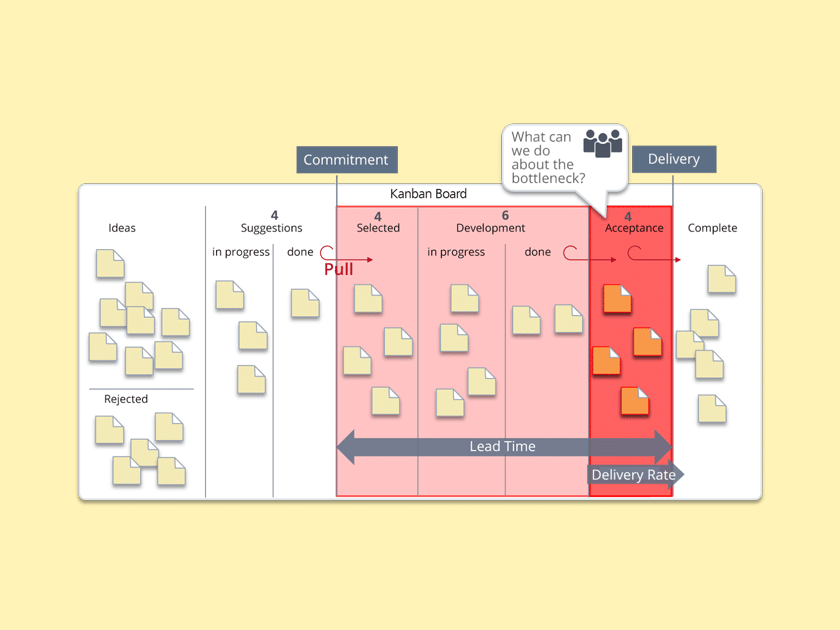
What Is Kanban?
Agility
What is kanban in software development? How is a kanban board implemented? How does it measure production?
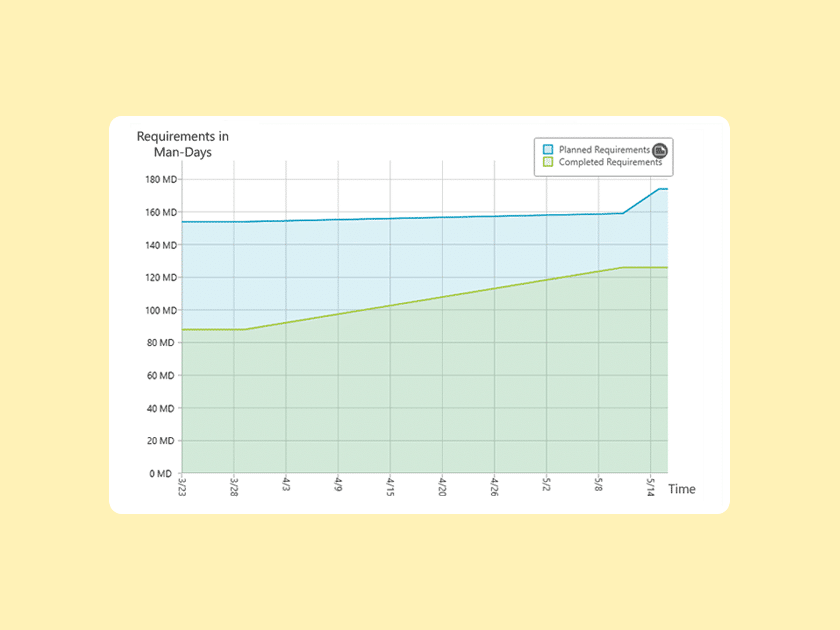
What Is a Burn Up Chart?
Agility
The burn up chart is a means of project controlling and shows how much work has been finished in relation to time and how much is still left to do.
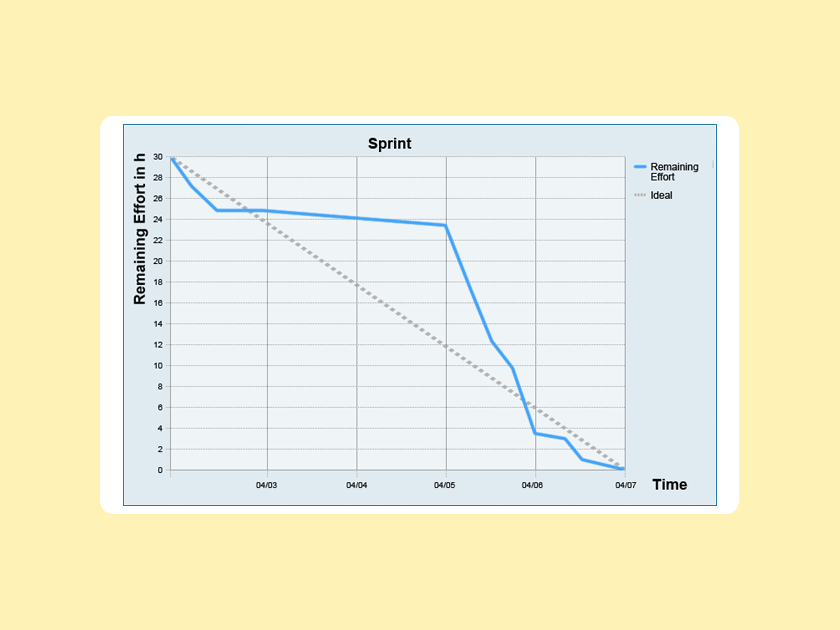
What Is a Burn Down Chart?
Agility
With a burn down chart, you can visualize in sprints the remaining workload of tasks in relation to time. What advantages does the chart offer?
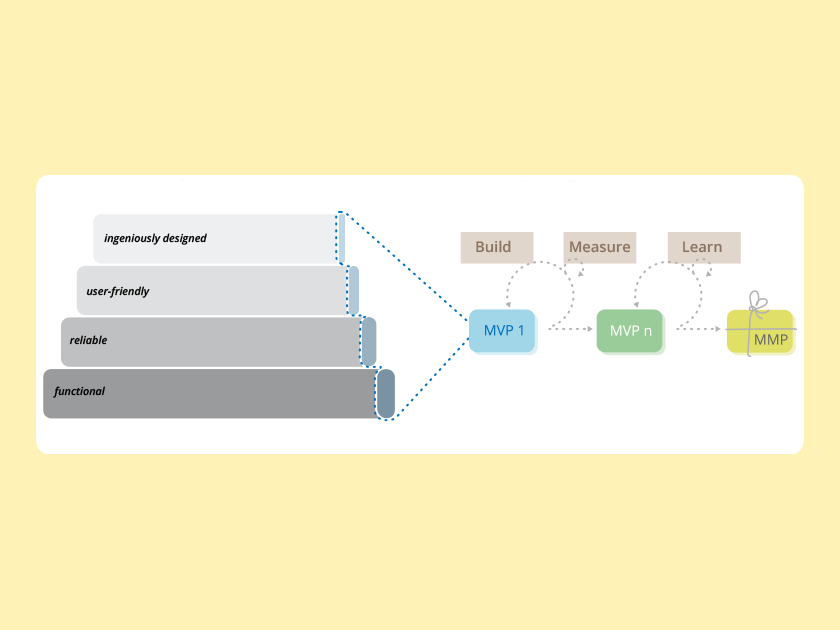
What Is a MVP – Minimal Viable Product?
Agility
A Minimum Viable Product, or MVP, is a minimally functional product for testing new business ideas with low risks/costs.
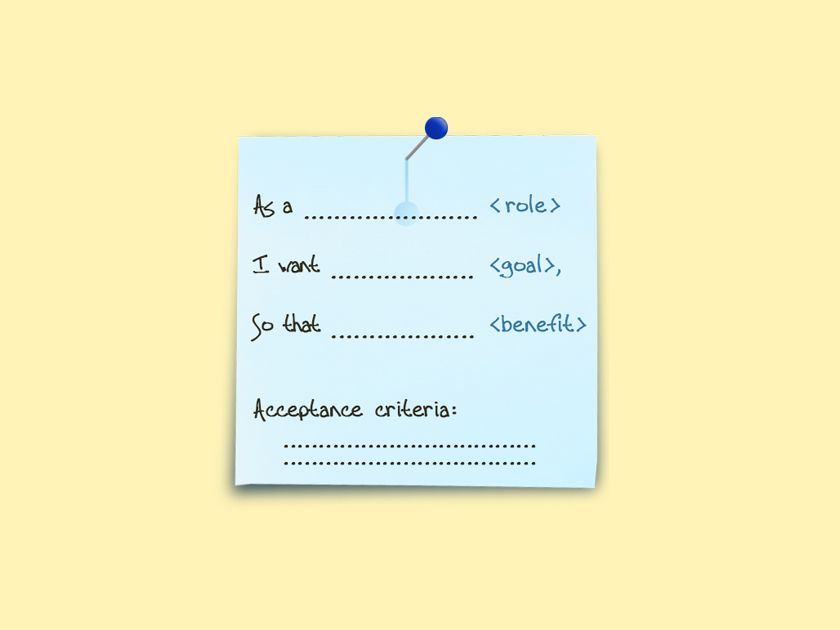
What is a User Story?
Agility
A user story is a tool in agile project management to describe functionalities from the user’s perspective. What advantages does it offer?
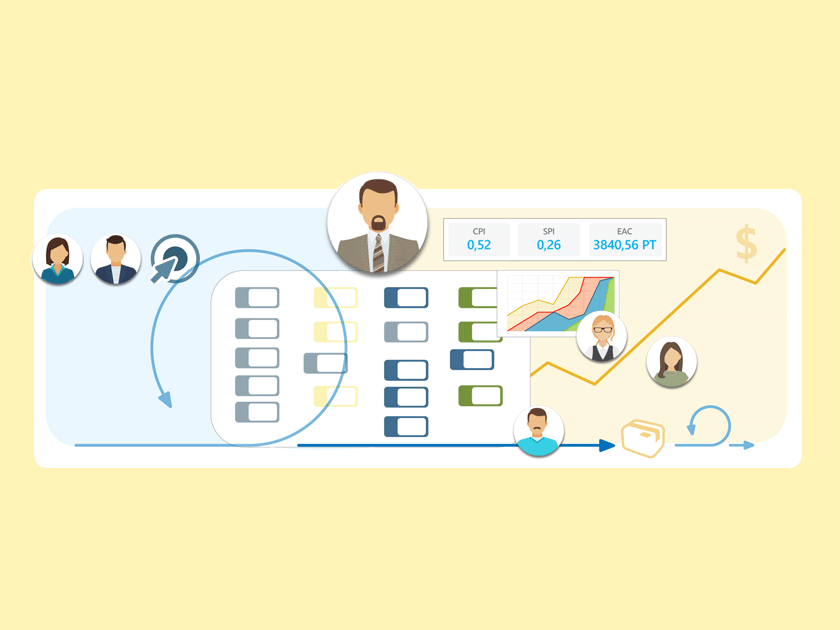
What Is a Product Owner?
Agility
The Product Owner is a partner of stakeholders and part of the Scrum team. He/she is responsible for the Product Backlog and Product Goal.
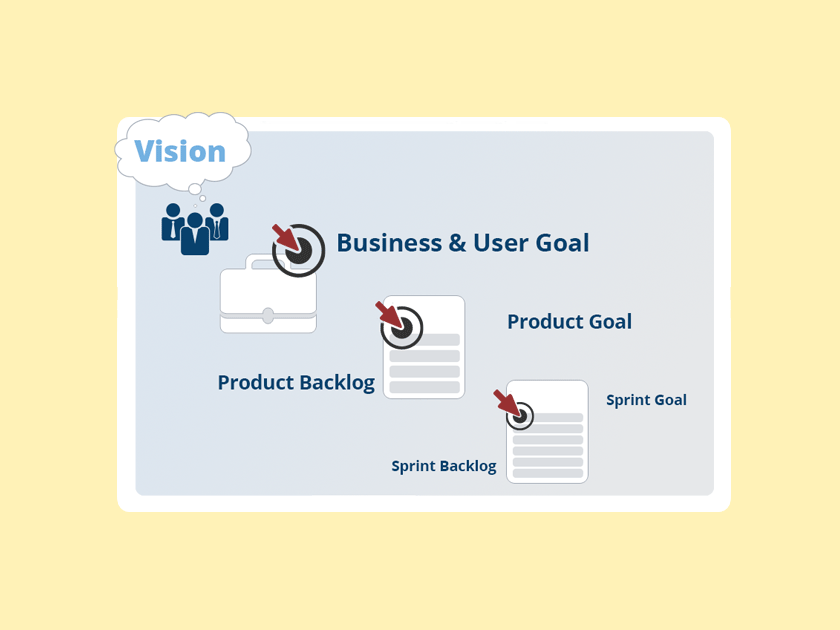
What Is a Product Goal?
Agility
The Product Goal describes a future state of the product and is shared in the Product Backlog. It must be achievable and measurable.
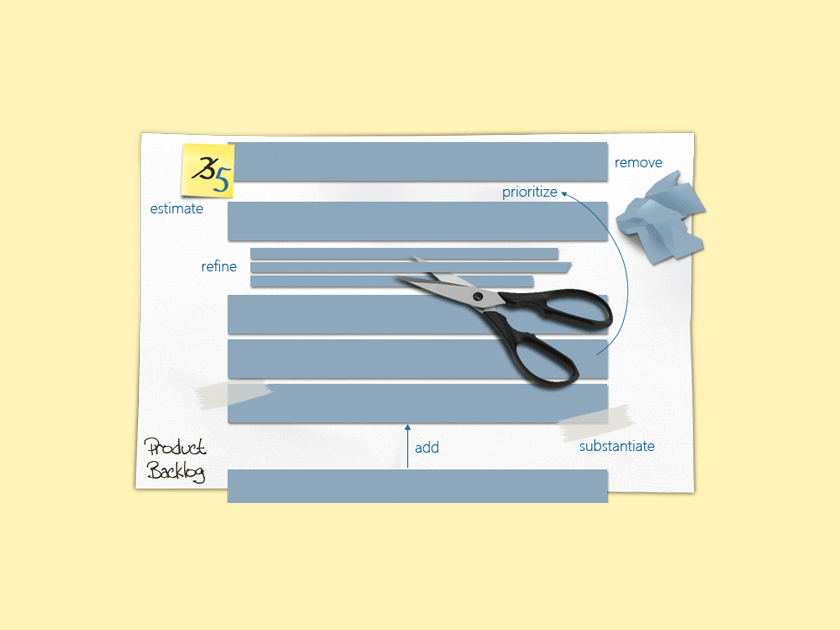
What Is Backlog Grooming?
Agility
In backlog grooming the Scrum team meets and discusses the product backlog items to prepare the next sprint planning. How does it work and what advantages does it offer?
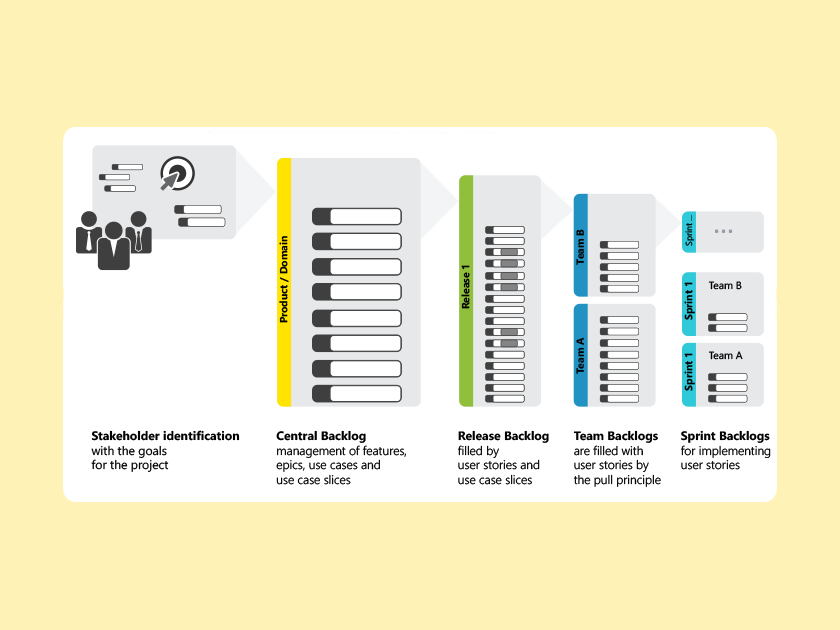
What Are Backlogs?
Agility
What is a backlog? What sort of backlogs are there? How do you work with them and what advantages do they offer?
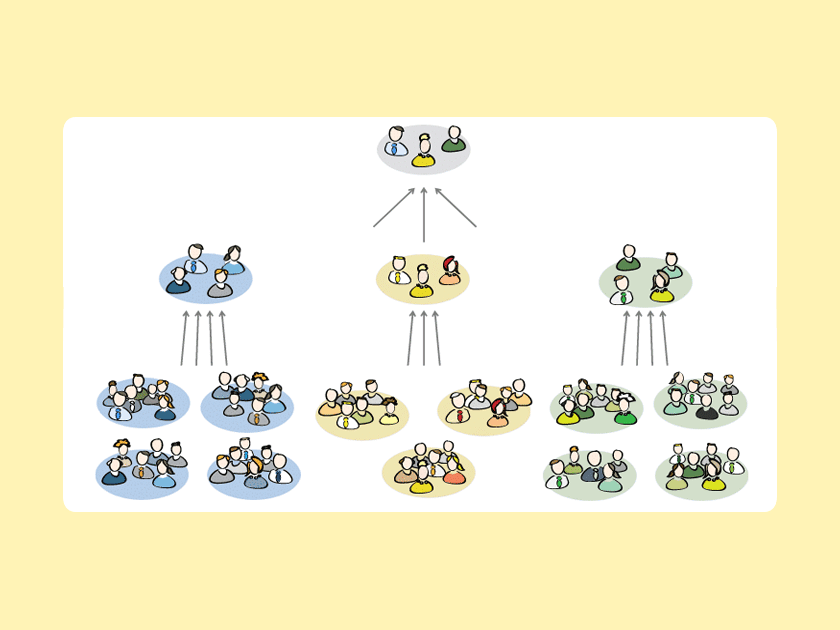
What Is the Scrum of Scrums?
Agility
What is Scrum of Scrums? How can Scrum be implemented in large projects with several Scrum teams? And what do you have to consider?
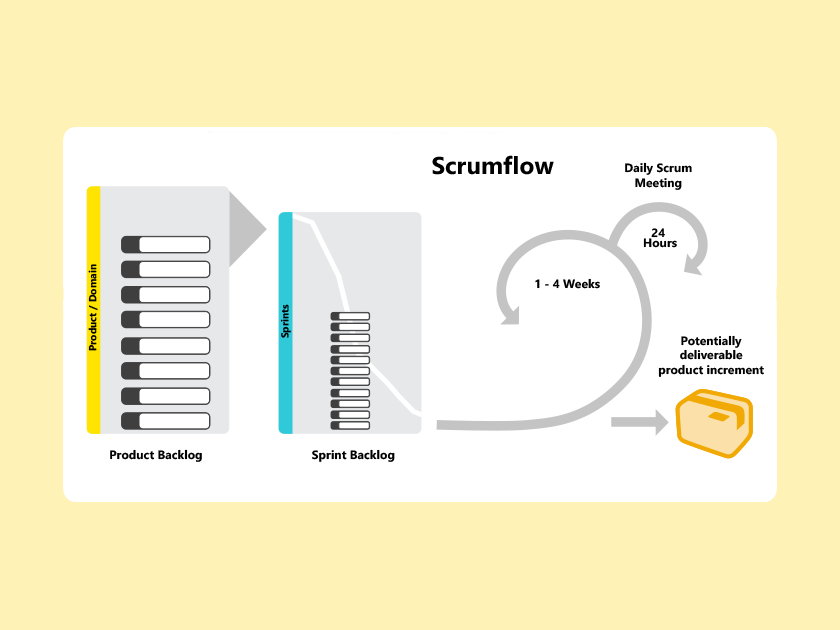
How Does Scrum Work?
Agility
What is Scrum? How does a Scrum project work? Who participates in it and why are projects with Scrum meant to be more successful?
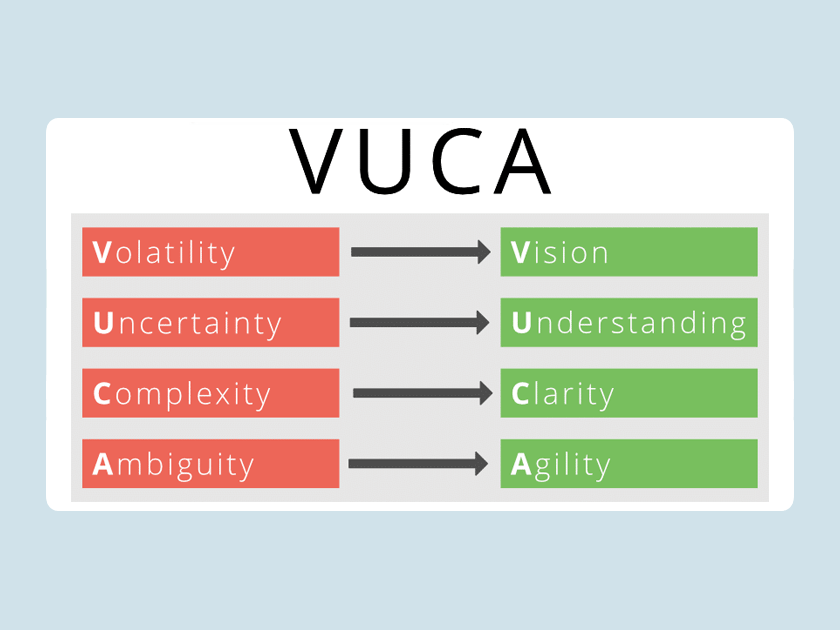
What Does VUCA Mean?
Project Management
VUCA refers to circumstances where nothing is predictable and where everything can change from one day to the next. Where does this term come from?
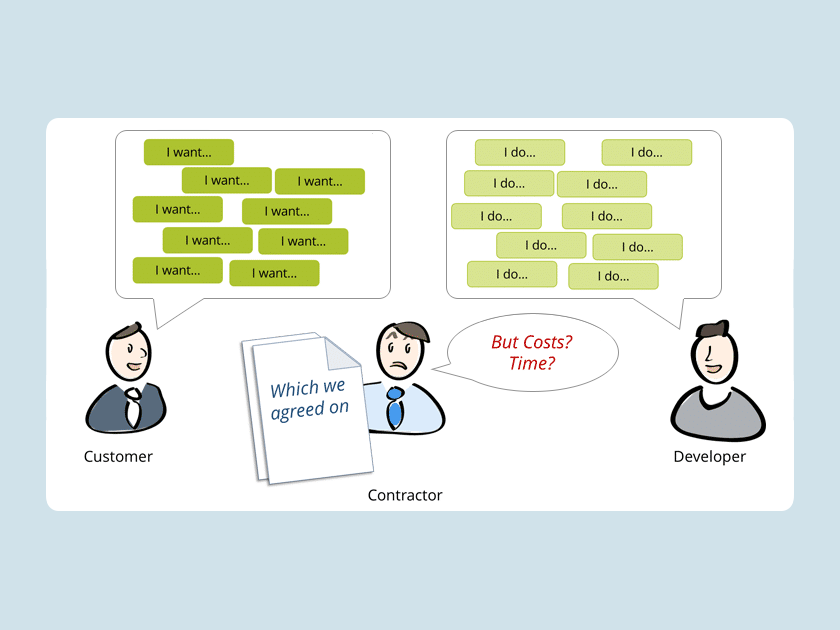
What Is a Scope Creep?
Project Management
A scope creep is the uncontrolled expansion to the project scope without adjustments to time, cost, and resources. How does it occur and how can you control it?
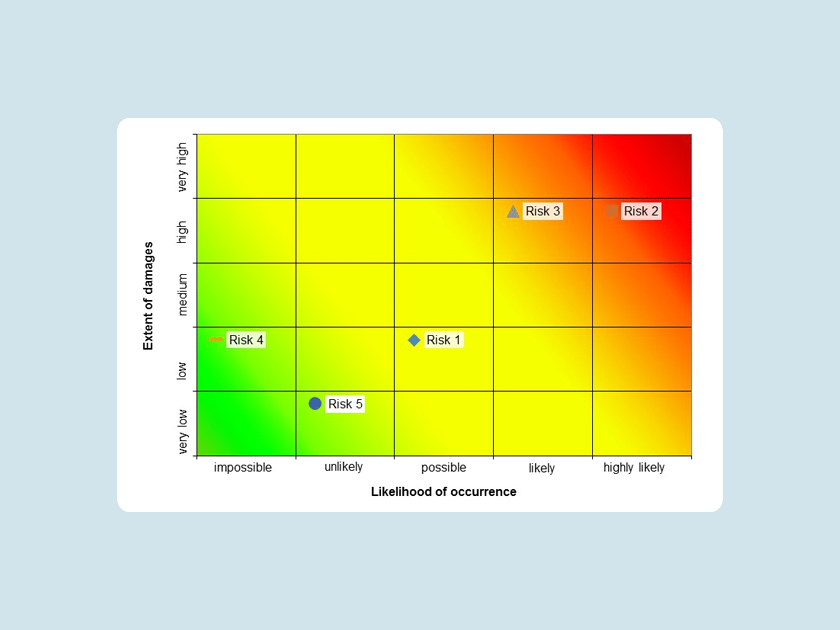
What Is a Risk Matrix?
Project Management
How do you create a risk matrix? Which levels of evaluation are there? Why does the risk matrix help with your project management and risk management?
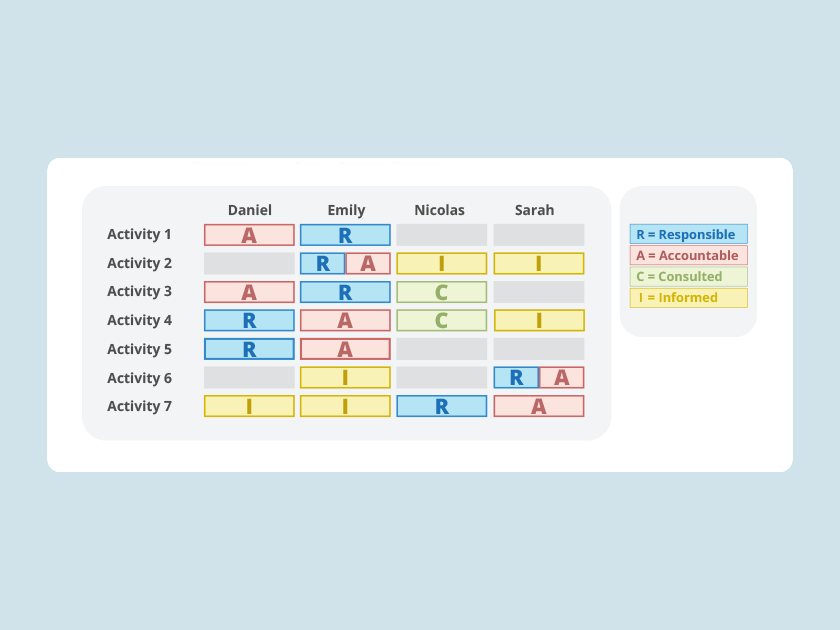
What Is RACI?
Project Management
The RACI matrix shows responsibilities for activities in a project. R is responsible, A is accountable, C consults and I informs.
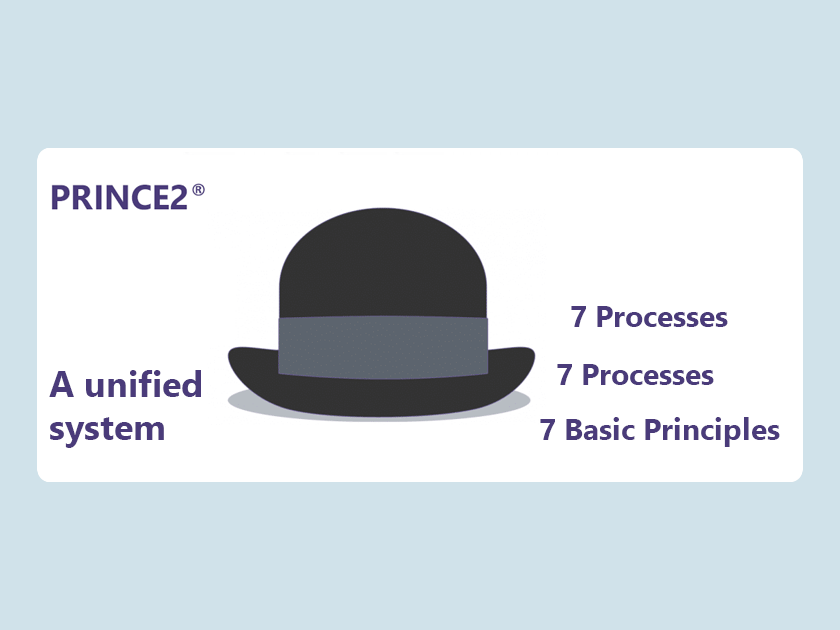
How Does PRINCE2 Work?
Project Management
“Projects in controlled environments” – that’s what PRINCE2 is all about. It is a method used for the management of projects. Find a PRINCE2 summary here.
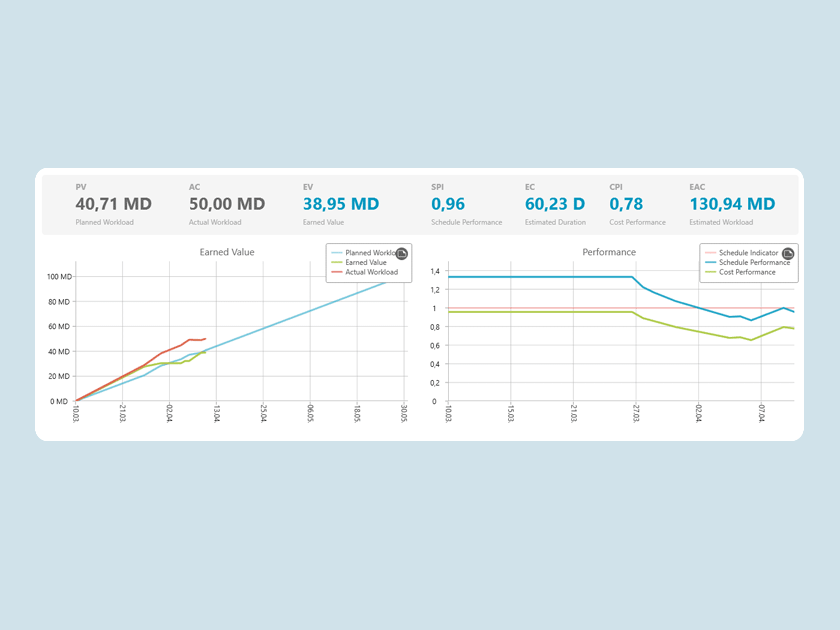
What Is the Earned Value Analysis?
Project Management
The Earned Value Analysis is a project controlling method. You compare plan and actual costs with the earned value and determine your efficiency.
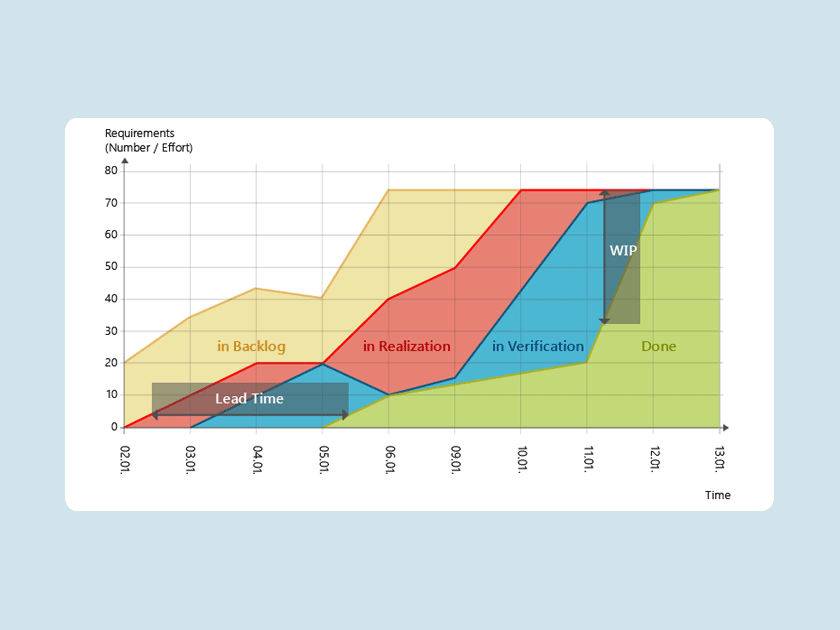
What Is a Cumulative Flow Diagram?
Project Management
What is a cumulative flow diagram? How does it work, how does it help in project management and what kind of problems does it display?
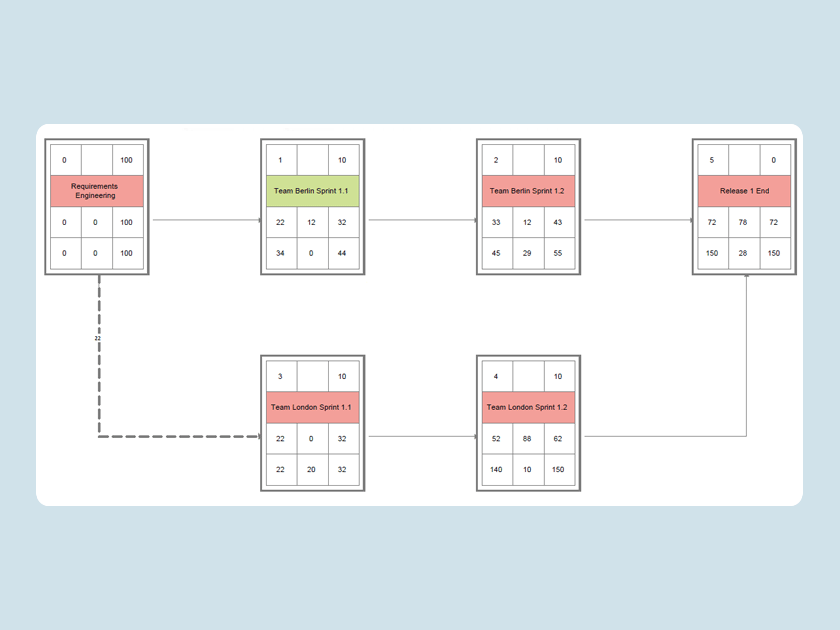
What Is a Precedence Diagram?
Project Management
What are precedence diagrams? Learn how to you create a precedence diagram and see what advantages the precedence diagram method offers.
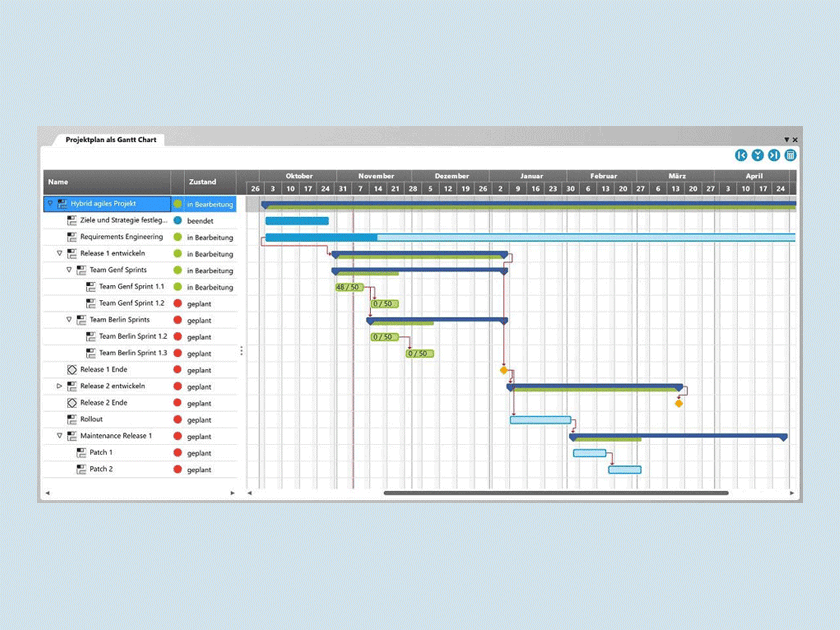
What Is a Gantt Chart?
Project Management
With a Gantt chart or a Gantt diagram, activities are presented on a time axis for project planning and controlling. What advantages do the charts offer?
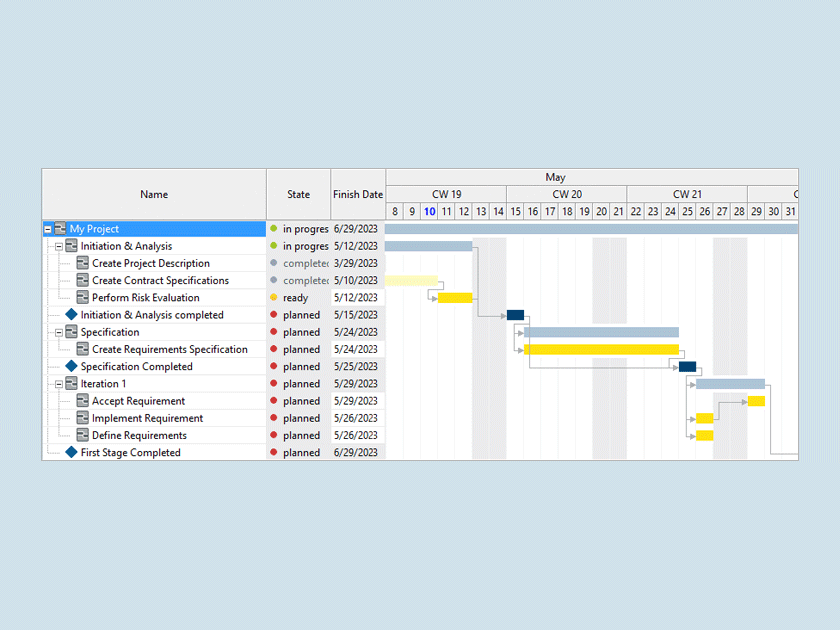
What Is a Work Breakdown Structure?
Project Management
The work breakdown structure (WBS) is a hierarchical structuring of tasks. It creates, amongst other things, a foundation for resource and cost planning.
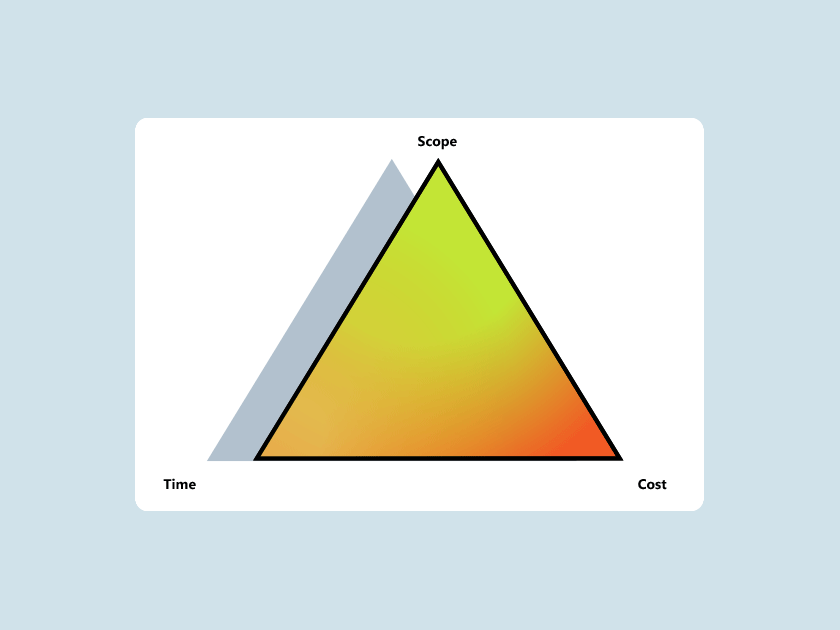
What Is the Triple Constraint?
Project Management
What is the triple constraint? How is it utilized in project management? Find out how to balance time, cost and scope in our knowledge base.
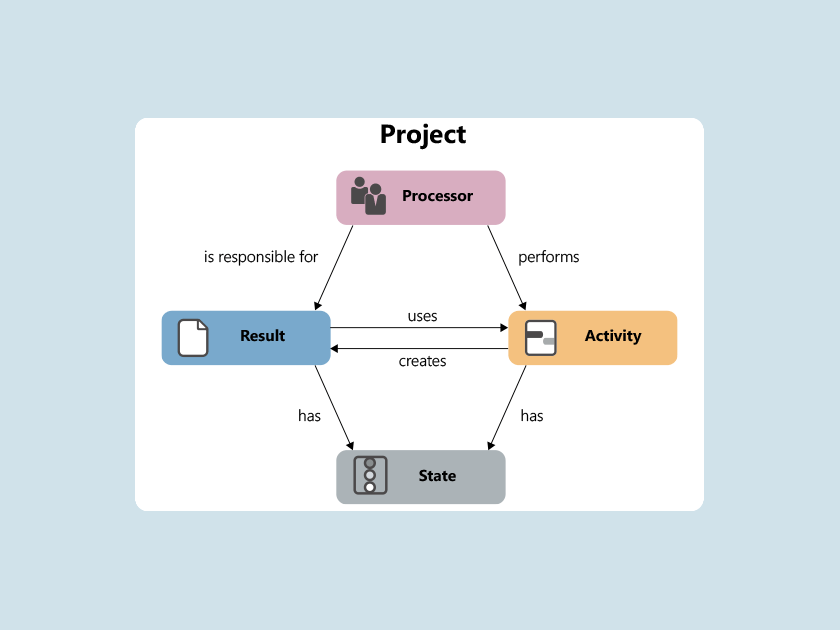
Project Management Workflows
Project Management
How do you use workflows in your project management strategies? How to define your processes to manage your project with a single workflow?
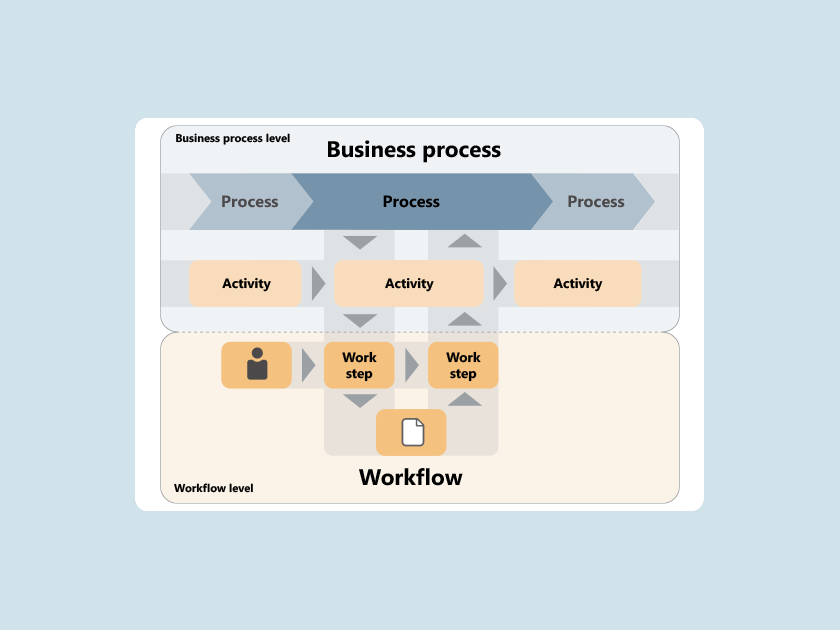
What Are Workflows?
Project Management
What is a workflow, what elements does it consist of and which advantages does it offer? What is the difference between business processes and workflows?
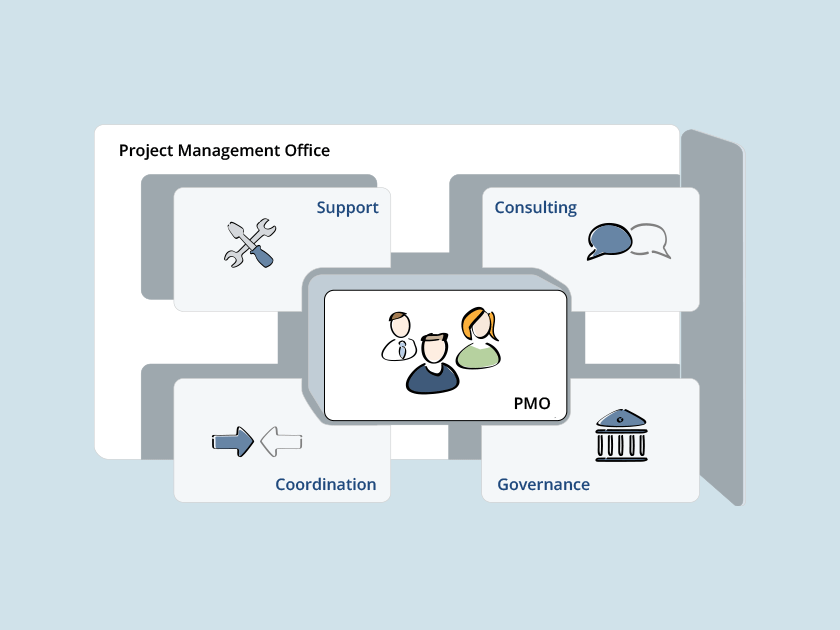
What Is a Project Management Office (PMO)?
Project Management
What happens in the Project Management Office (PMO)? Why does it improve Multi-Project Management and how?
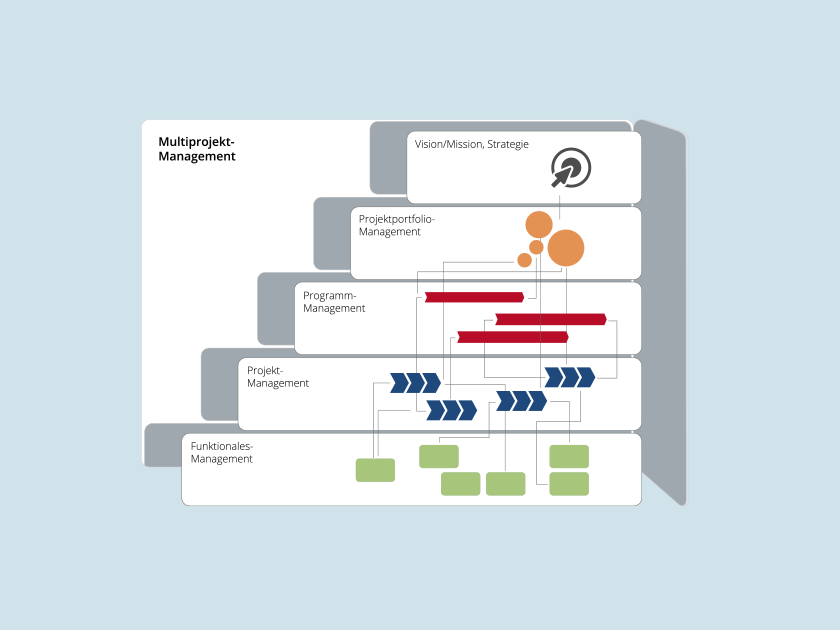
What Is Project Portfolio Management?
Project Management
What is project porfolio management? When do you need it and how does it differ from multi-project management and program management?
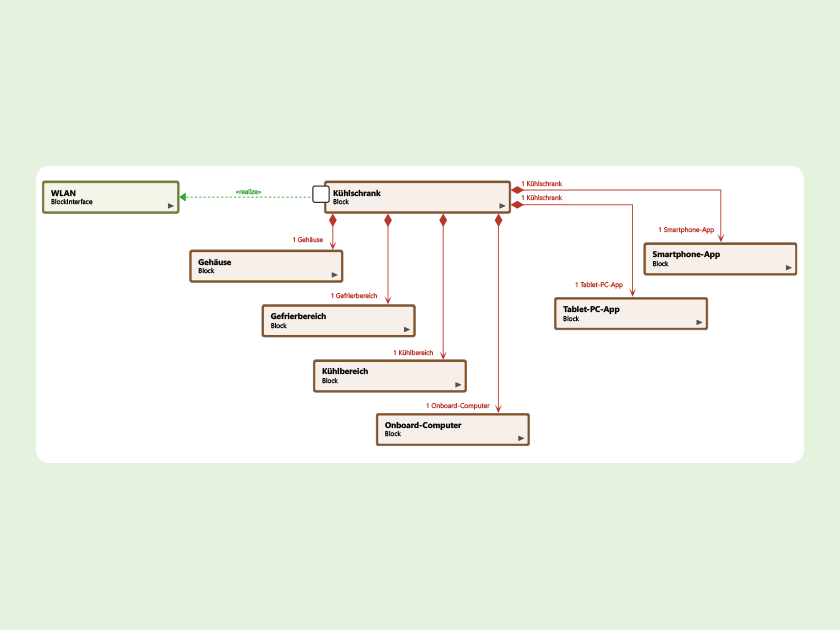
What Is a Block Diagram?
Requirements Modeling
Learn all about the block diagram and how to use it, as well as tips and tricks for creating block diagrams.
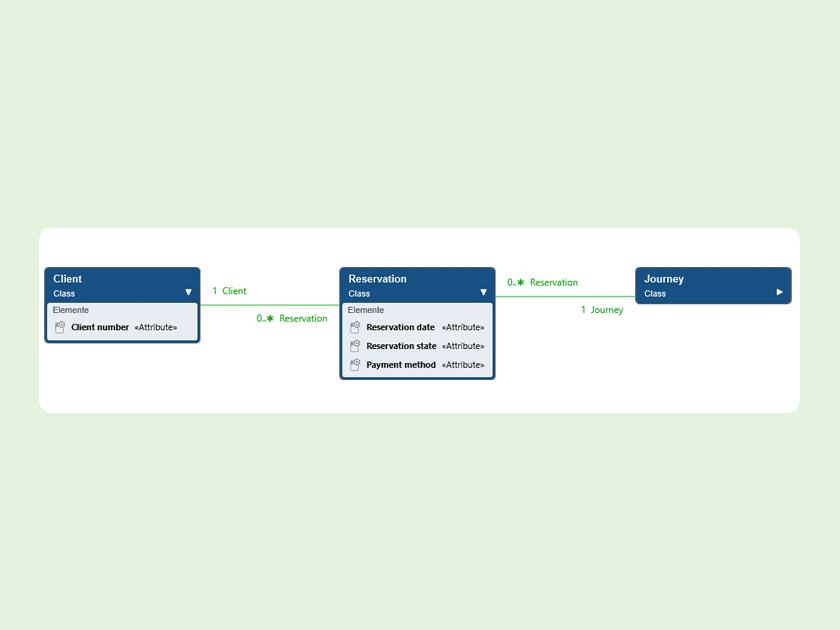
What Is an Analysis Pattern?
Requirements Modeling
Analysis patterns are templates to solve domain problems. They represent models in the form of class diagrams. What does this mean, exactly?
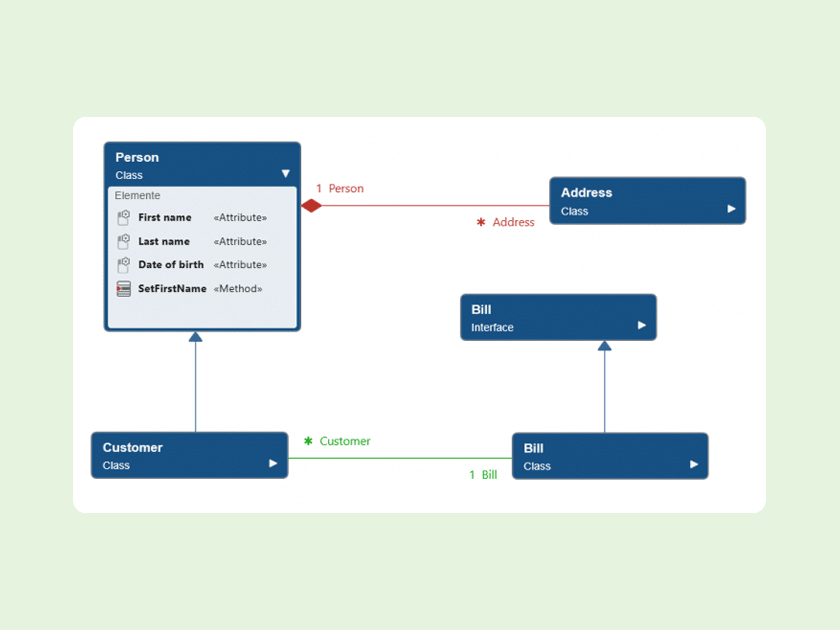
What Is a Class Diagram?
Requirements Modeling
What is the class diagram? How to create class diagrams and find relationships in a class diagram? And what benefits do class diagrams offer?
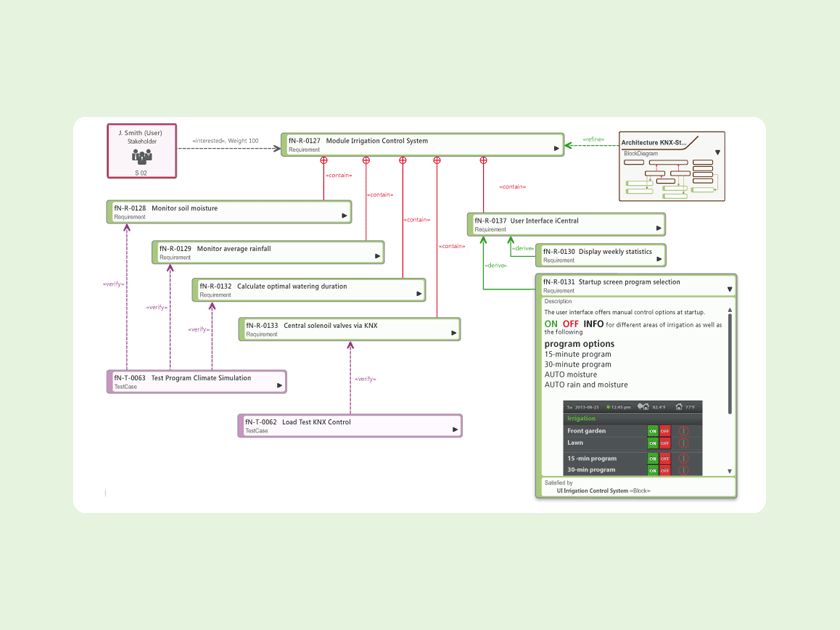
What Is a Requirements Diagram?
Requirements Modeling
During the system development, you hardly recognize relationships based on textual requirements only. Start using a Requirement diagram for visualization.
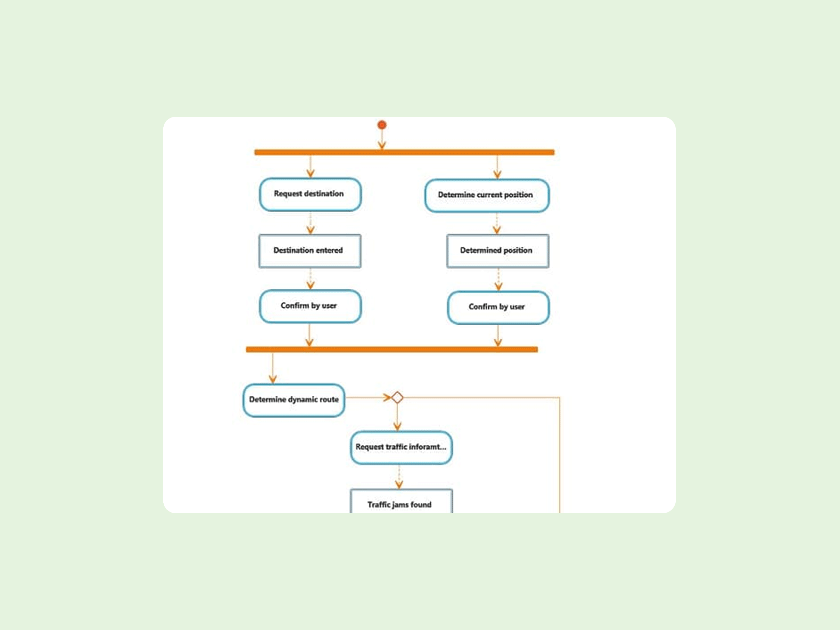
What Is an Activity Diagram?
Requirements Modeling
Activity diagrams can be used to model applications, processes, workflows and algorithms. Check out the benefits of an activity diagram.
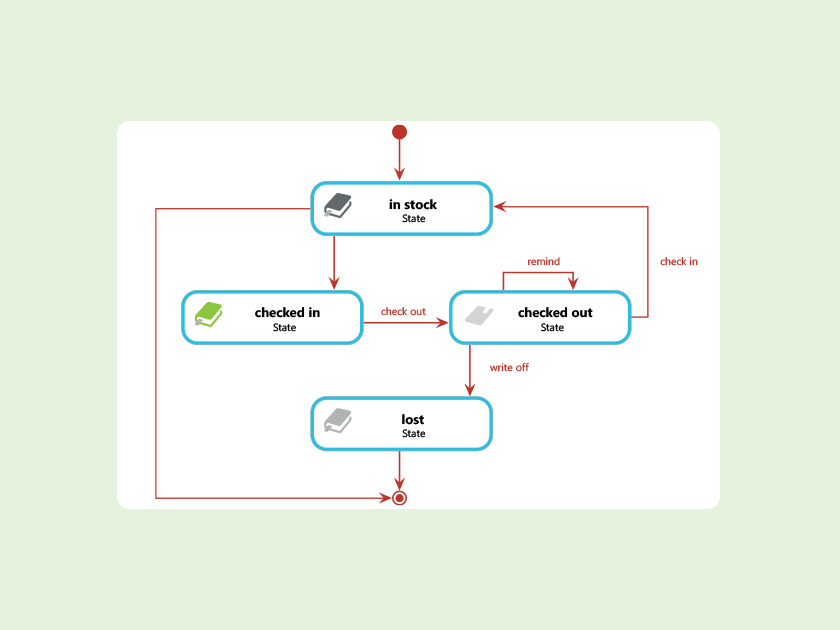
What Is a State Diagram?
Requirements Modeling
A state diagram is the graphical representation of a state machine, showing a behavioural model consisting of states, state transitions and actions.
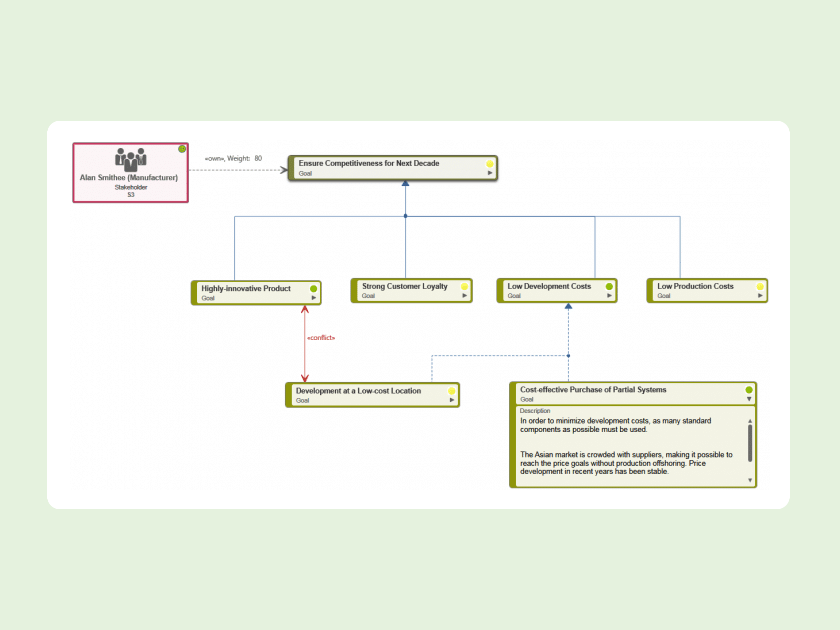
What Is a Goal Diagram?
Requirements Modeling
Goal Diagrams are the perfect means to map a reduction of goals to logical conjunctions and disjunctions of subgoals. Learn more about goal diagrams here.
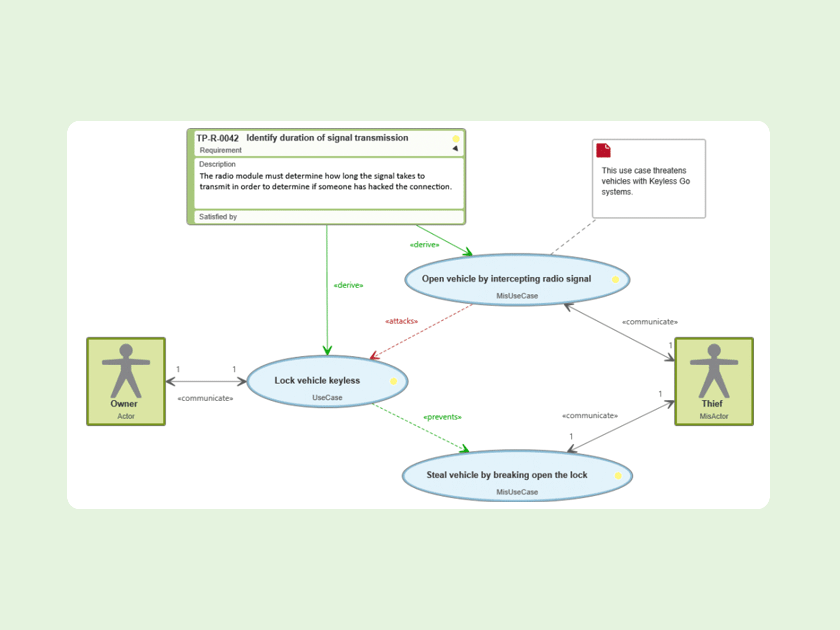
What Is a Misuse Case?
Requirements Modeling
A misuse case describes a function that the system must not allow and is performed by a misactor. It helps you find security and quality requirements.
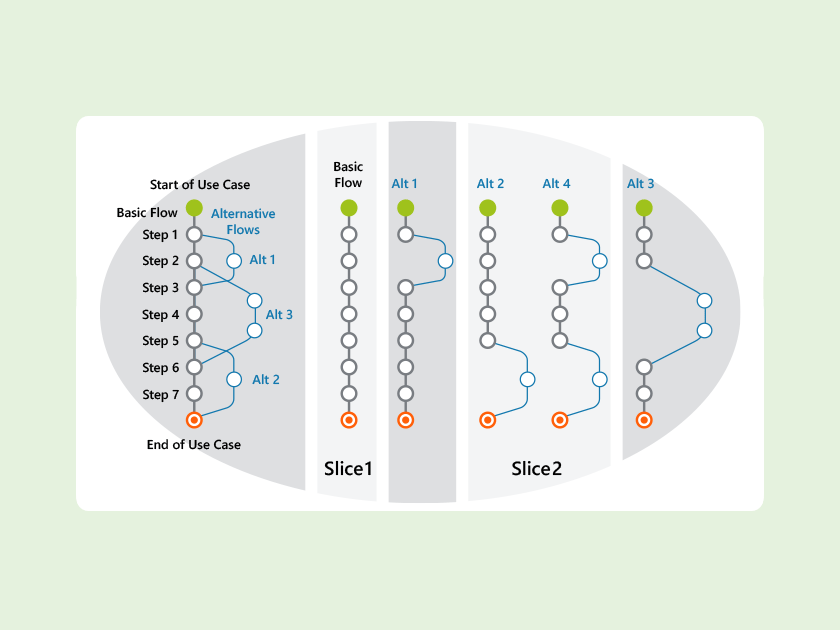
How Use Case 2.0 Works
Requirements Modeling
How do you take an agile approach without taking a detour just to find user stories? Ivar Jacobson’s Use Case 2.0 concept is the answer.
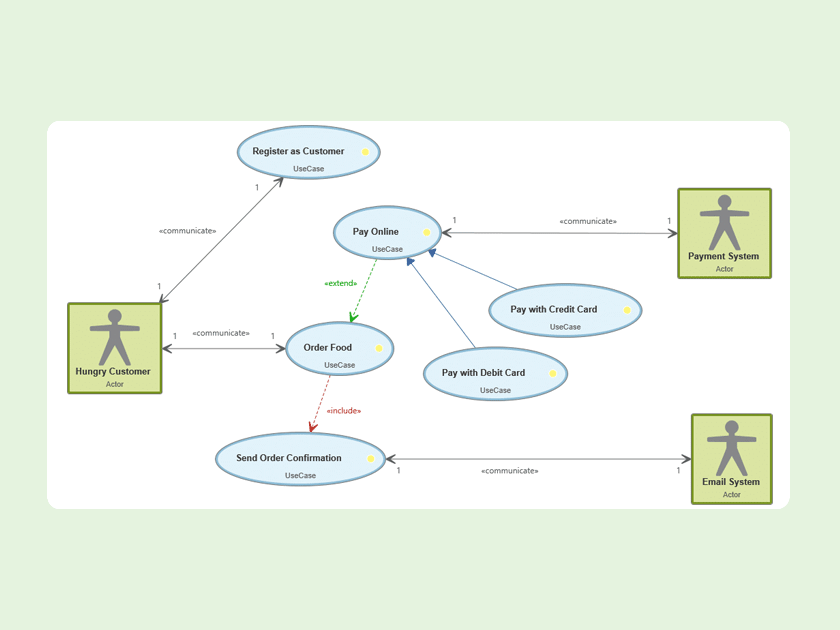
What Is a Use Case Diagram?
Requirements Modeling
Use case diagrams visualize use cases, actors & relationships. They document the functionality of a system.
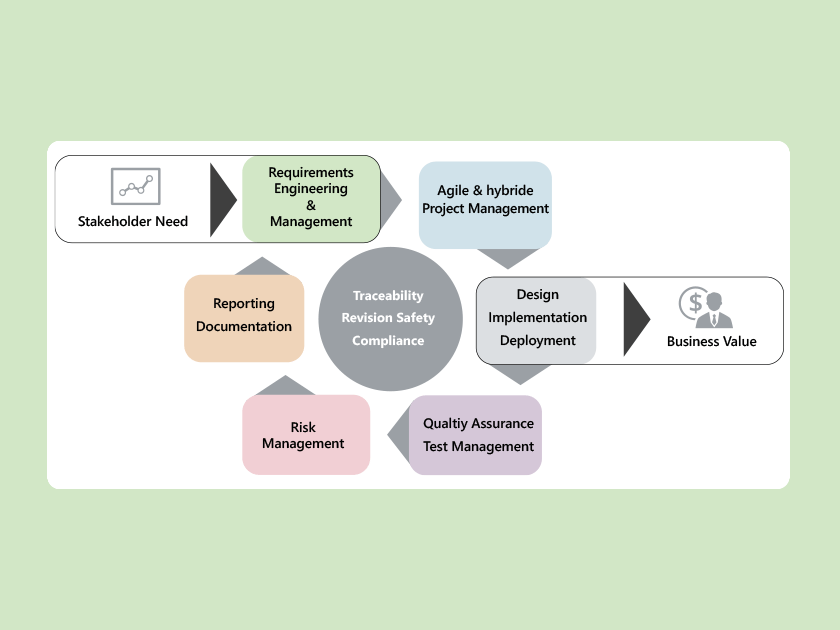
What Is Application Lifecycle Management?
Requirements Engineering
Application Lifecycle Management (ALM) describes the lifecycle of an application, from the need of a stakeholder to the decommissioning of the solution.
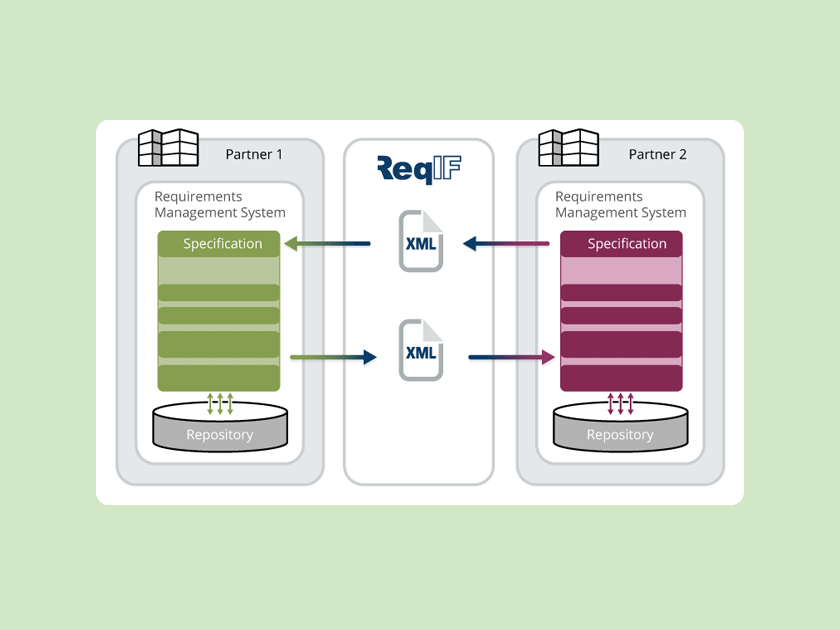
What Is ReqIF?
Requirements Engineering
ReqIF stands for “requirements interchange format” and is recommended for exchanging requirements between different requirements engineering tools.
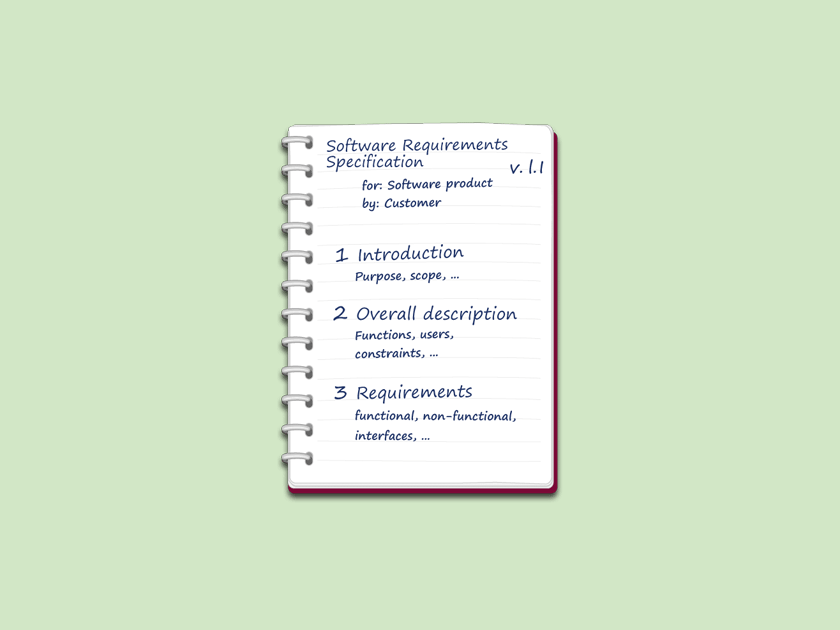
What Is a Software Requirements Specification?
Requirements Engineering
A software requirements specification is a document that describes requirements for a software product, program or set of programs. What does it contain?
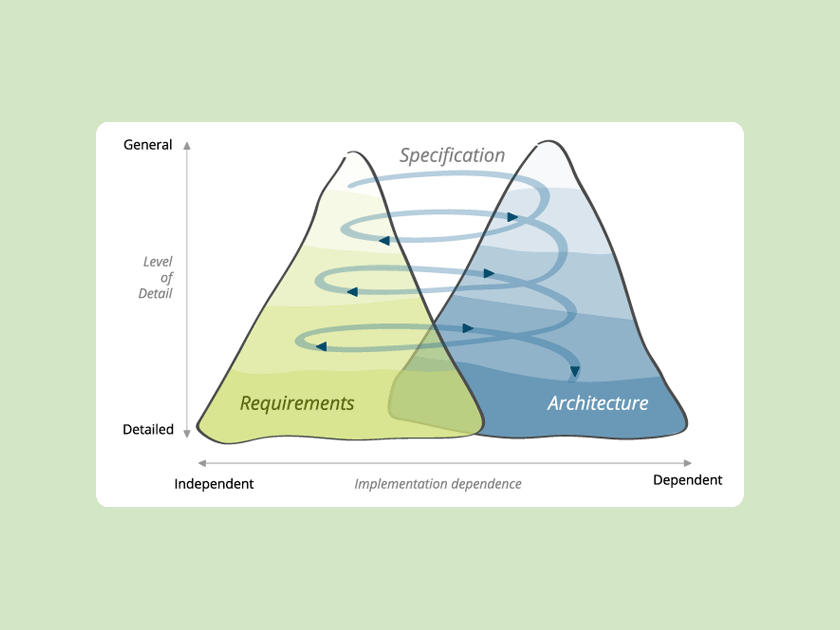
What Is the Twin Peaks Model?
Requirements Engineering
The Twin Peaks Model tackles the development of the architecture and requirements of a software system. Why is it useful and how does it work?
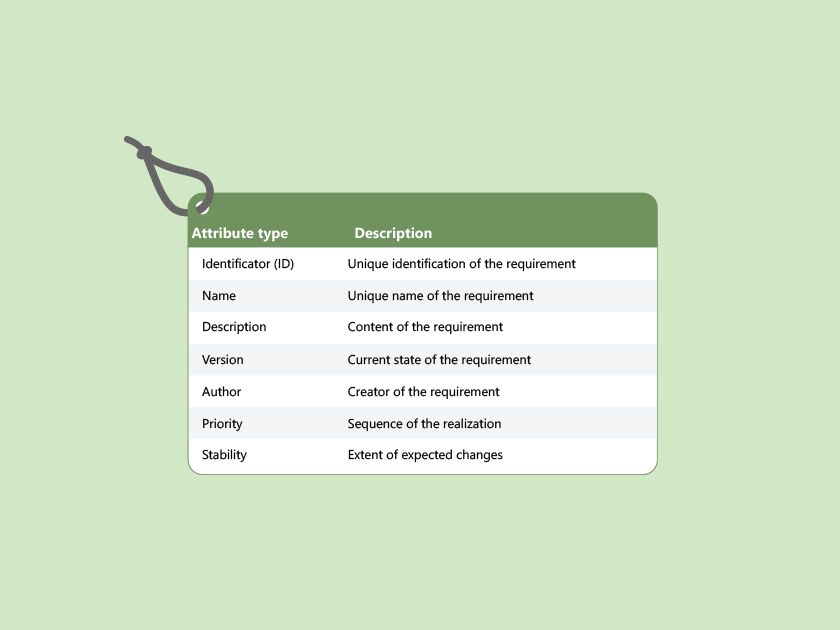
What Are Requirement Attributes?
Requirements Engineering
Attributes are properties of requirements into which you can store information. How do you work with attributes?
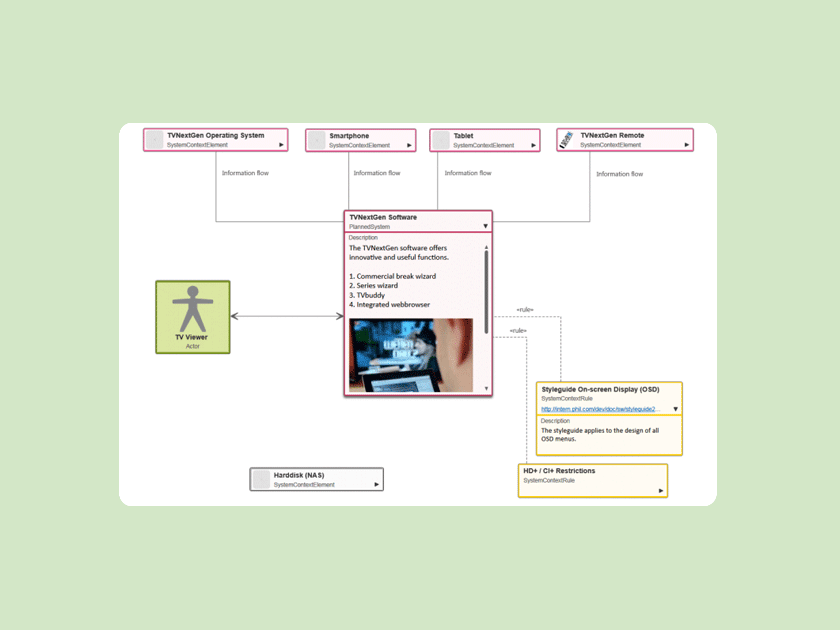
What Is the System Context?
Requirements Engineering
The system context is used to elicit requirements. The system context diagram visualizes the system, system boundaries and boundary conditions.

What Are Personas?
Requirements Engineering
Personas are prototypes for groups of users to whom a company does not have easy access. Personas can help with this.
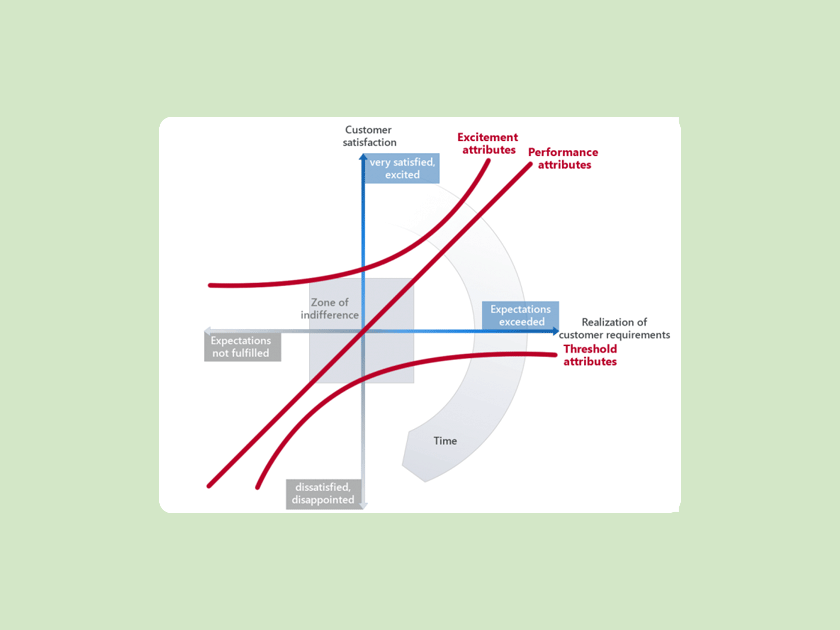
What Is the Kano Model?
Requirements Engineering
The Kano Model describes the connection between customer satisfaction & the realization of customer requirements. Learn more about the Kano Model here.
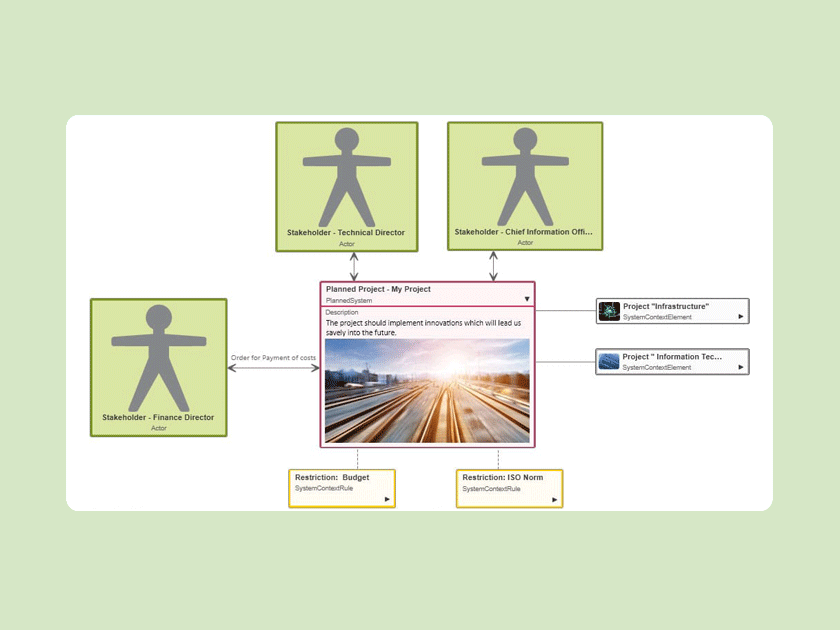
What Is a Stakeholder Analysis?
Requirements Engineering
Stakeholder analysis determines the stakeholders for whom a project or a development is particularly important. Which procedures are recommended?
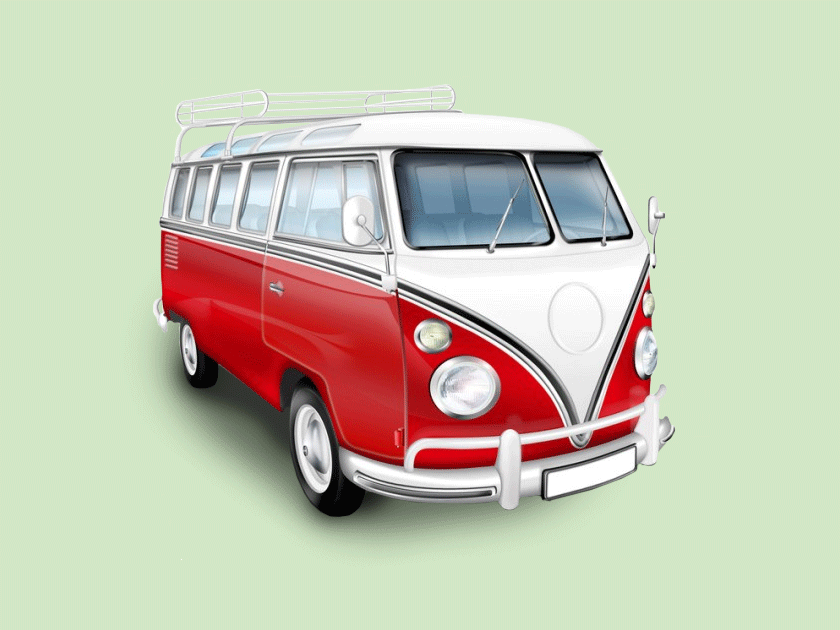
What Is a Stakeholder?
Requirements Engineering
What is a stakeholder? Why are stakeholders important for your product development and how do you find out what stakeholders want?
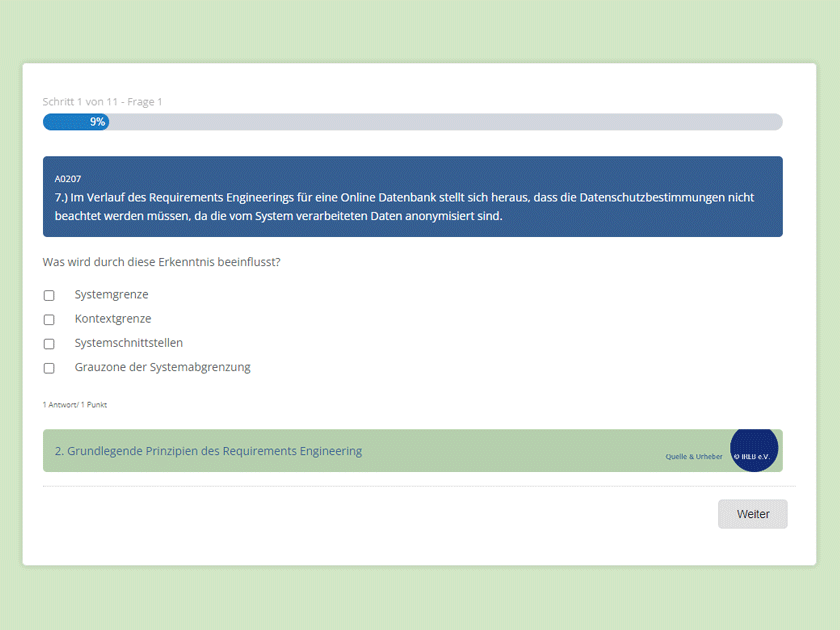
CPRE Questions
Requirements Engineering
The Online Test includes 10 sample questions from the original questionaire issued by the International Requirements Engineering Board (IREB) Syllabus 3.
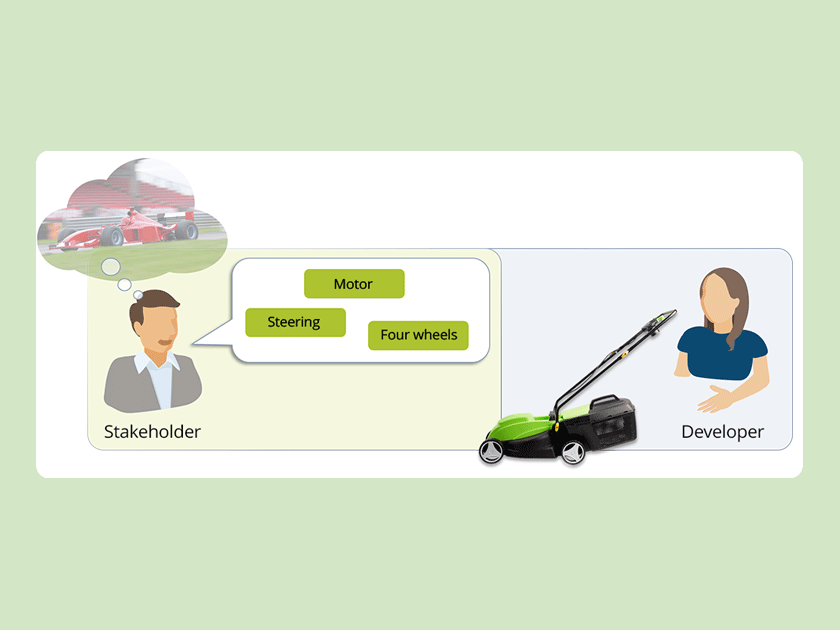
What Is Requirements Management?
Requirements Engineering
What is Requirements Management? What does it all involve and how do you go about it?
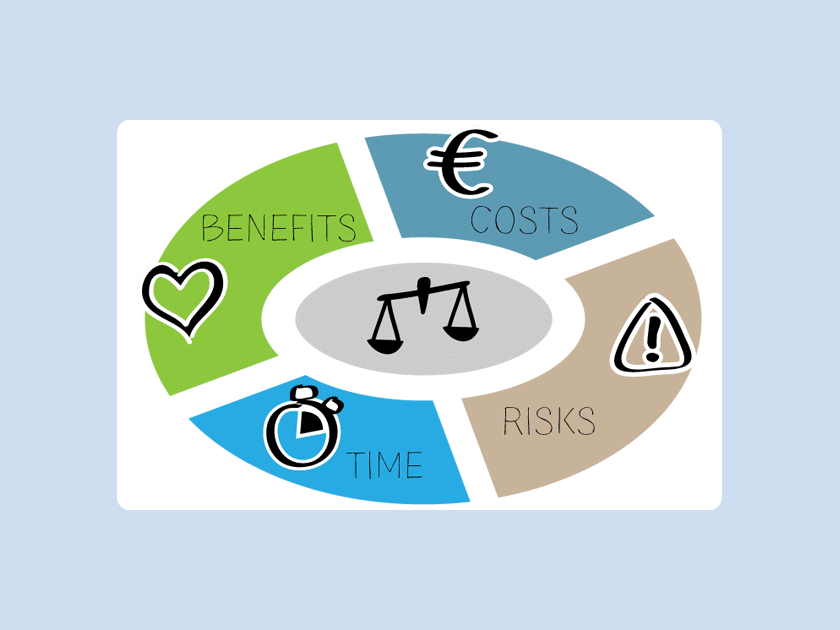
What Is a Business Case?
Business Analysis
A business case evaluates benefits, costs and risks of a new project. It serves as the foundation for the approval or rejection of your project proposal.
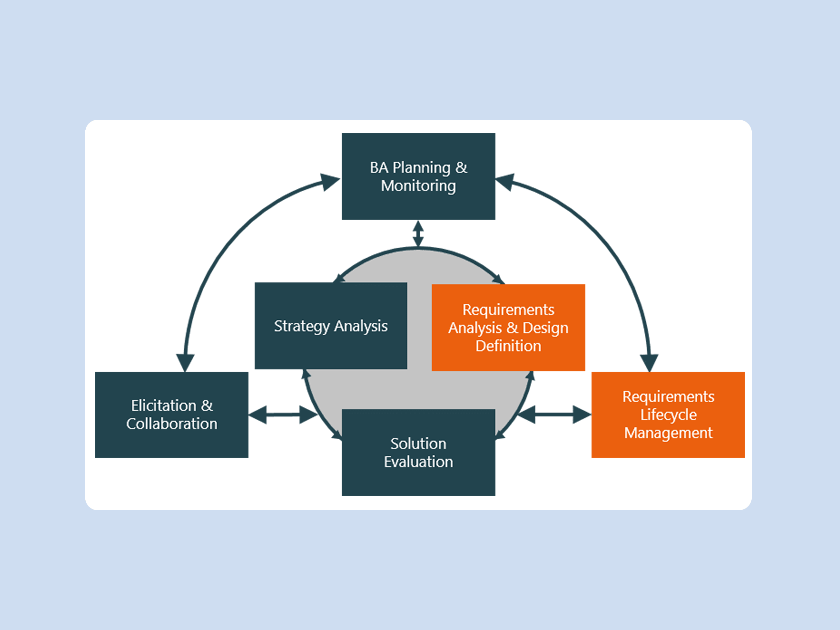
What Are Requirements in Business Analysis?
Business Analysis
In business analysis, there are areas called “Requirements analysis and design definition” and “Requirements life cycle management”. What are they about?
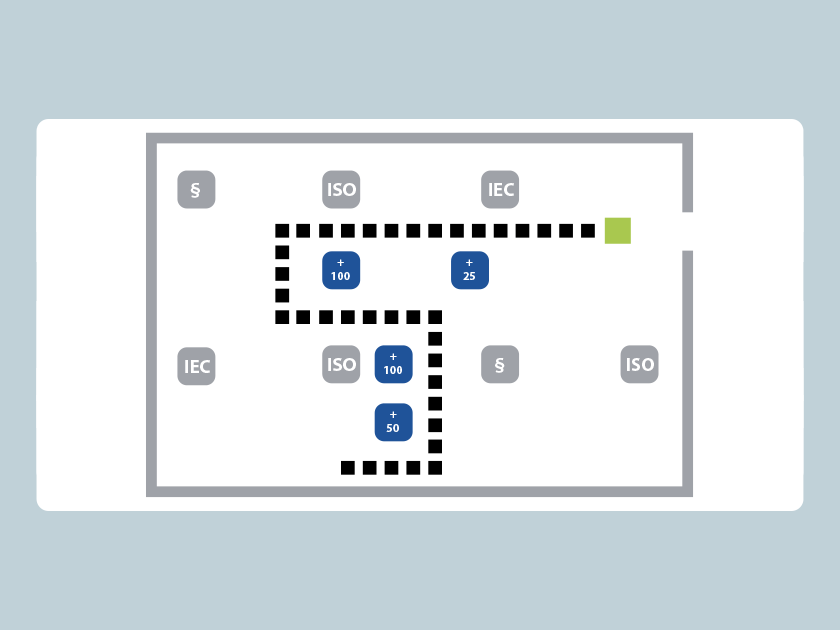
How Compliance in Project Management Works
Compliance
How do you ensure compliance in project management? What measures do you take and how you guarantee compliance of processes in your project?

What Is Business Analysis?
Business Analysis
Business Analysis is the practice of enabling change by defining needs and recommending solutions that deliver value to stakeholders. How does it work?

What Is Agile Project Management?
Agility
What is agile project management? How does it work? And what are the differences between classic and agile project management?

What Is a Use Case?
Requirements Modeling
Use cases document the functionality of a system based on models. In a use case the visible behavior of a system is described.


